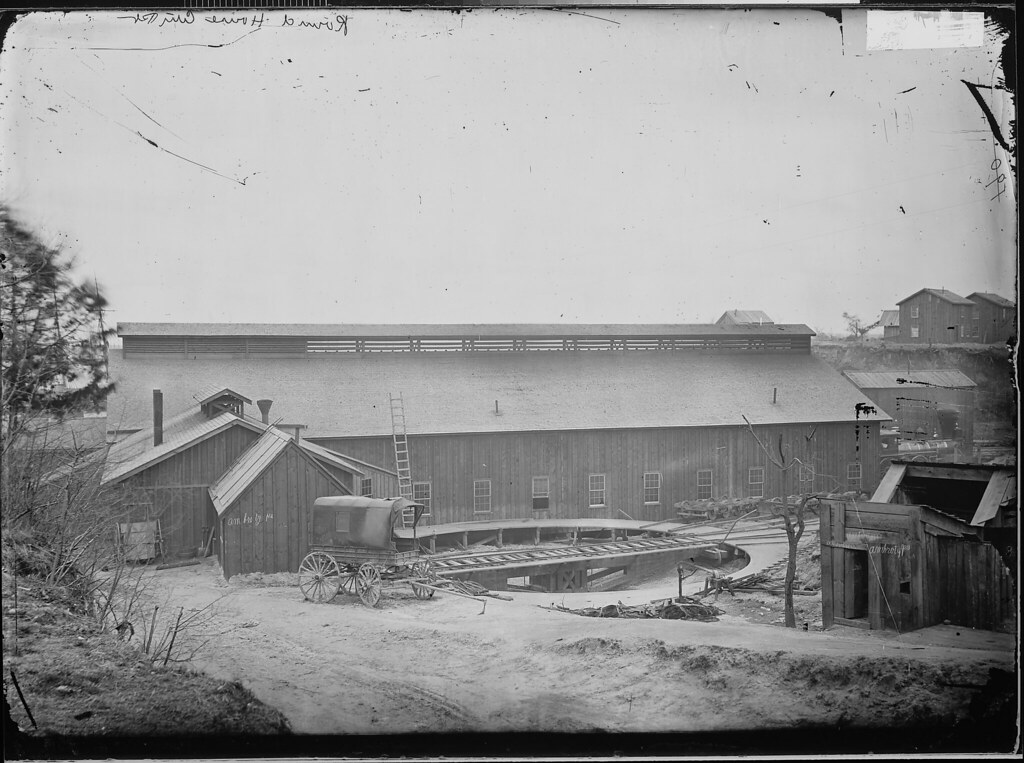Regarding the engine and tender in question, by looking at them together I would say they are older than the other engine's visible in the photo and are of a 1850's design. In that decade, it was very common for 4-4-0's to have the front wheels as close together as possible. Also the tender has inside bearings, another common feature of the time which suggests to me the tender is the original one for that engine.
From what life experience I have had in my career in photography, my volunteer railroading at heritage railroads, and my amateur study of war, I side with the "get'er done and running" rational. I would therefore hypothesize that the tender's engine drawbar pocket was damaged somehow. Perhaps it was broken in a hard coupling or, since this is wartime, maybe it was sabotaged by retreating troops to make it unusable. I would guess that the engine drawbar is the same height as the tender's link and pin coupler pocket thus facilitating a workable attachment. Whatever the reason it could not be used normally, most likely there were no spare tenders so the boys made do in getting an engine working in the time allotted.
While it is possible to have manipulated the photo for smoke effects, I am of the opinion the smoke is genuine for I am sure the photographer had no time to fool around with effects. He was no doubt was busy enough dealing with his bulky 8x10 camera, wetting the glass negative in his tent (hence the term "wet-plate"), putting the wet glass in the camera, exposing it, taking it back to the tent to develop it before it dried and then printing the picture.
Regarding the two people and the strange-to-our-modern-eyes-pose; it is a common professional technique to include people in an image and almost any Civil War shot has them. The photographer knew that with humans to add scale and interest his shot would be more compelling to his audience.



















